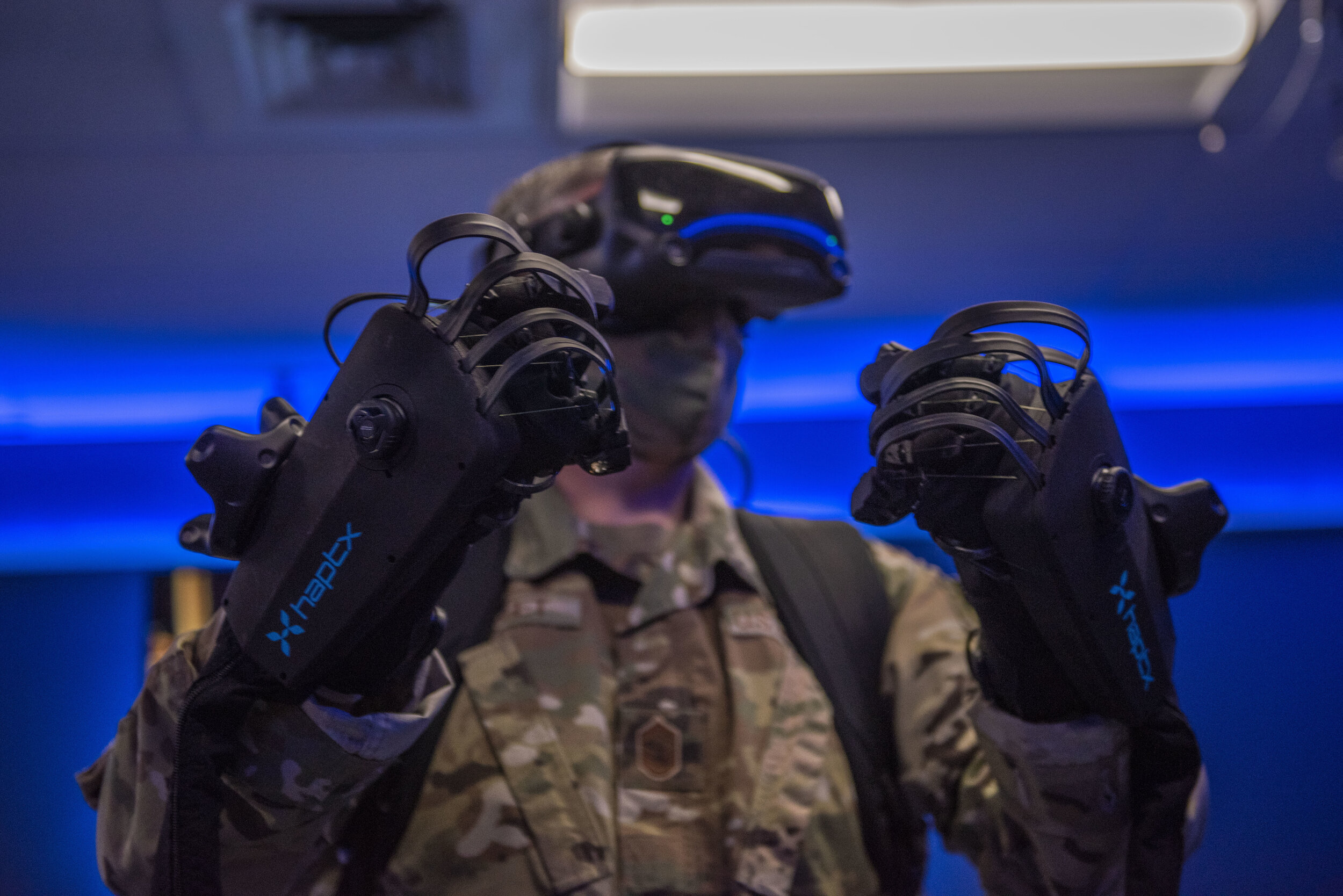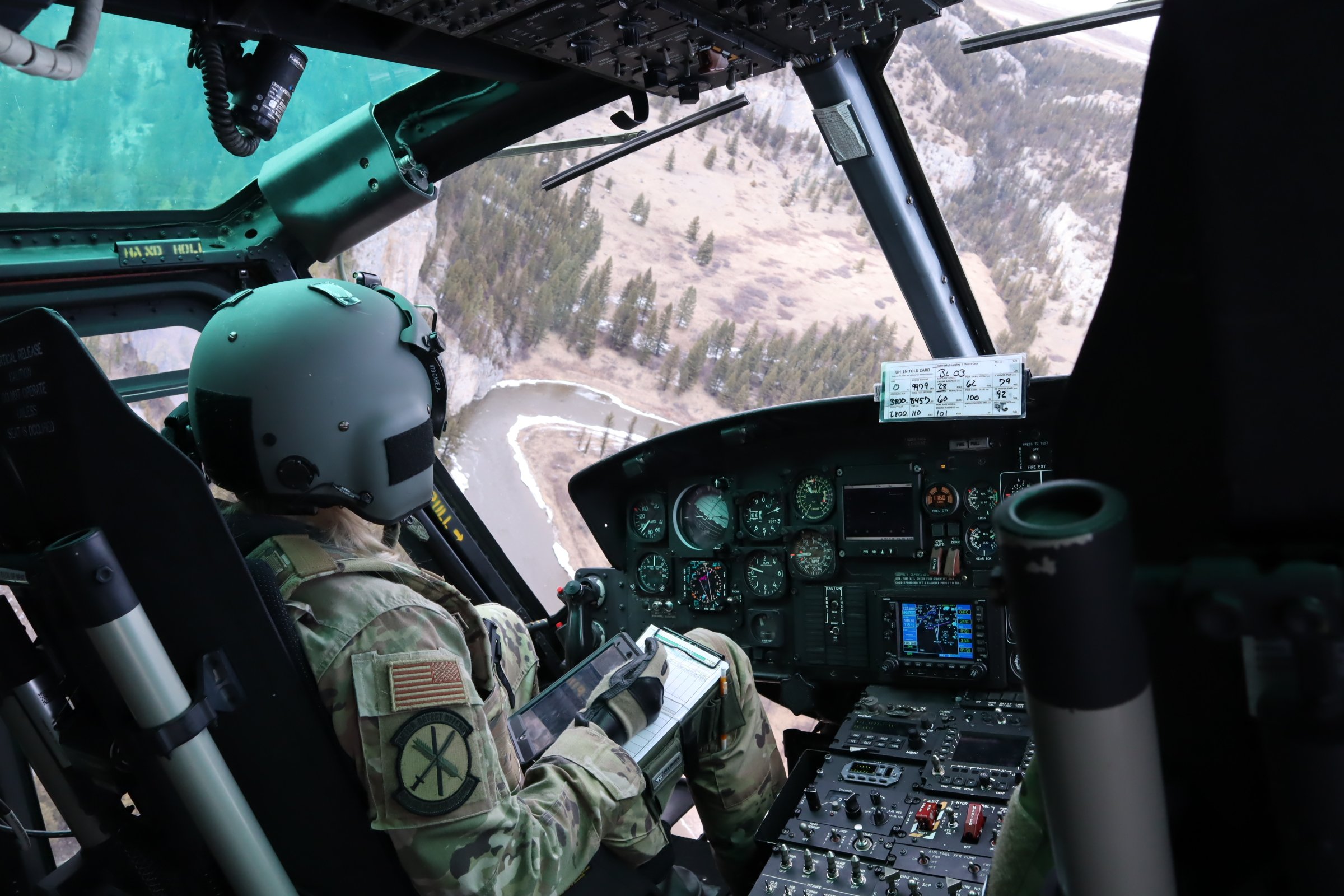And the winners are…
Thank You!
to everyone who applied, the ones invited to the pitch event, and to those who were chosen to move forward with Air Force Global Strike Command.
We also want to thank all of those that were involved including:
AFGSC Commercial Capabilities Integration & Transitioning Division (CCIT)
Small Business Consulting Corporation (SBCC)
Entrepreneurial Accelerator Program (EAP)
Innovation Enterprise at Louisiana Tech University
Take a look inside the Showcase
Stay Tuned for more events like this!
Check out what the CCIT Showcase is all about below
Welcome to the Show
The Commercial Capabilities Showcase is an opportunity to debut your technology and connect with Air Force Global Strike Command (AFGSC) decision makers. We’re seeking new solutions that add value to military operations and training. All applicants will receive feedback from AFGSC evaluators. Selected finalists will pitch their innovation to a panel of AFGSC and SBCC leaders at the showcase event, with the option to pitch virtually or in person in Shreveport, LA.
Connect directly with Air Force Leaders for a chance at Program Endorsement and Mentorship!
Pitch Event winners will be guaranteed the opportunity for one or more follow-on engagements with relevant stakeholders from the command to assess and validate product/solution fit. Additionally, small businesses will have a chance at SBIR/STTR Application endorsement with a signed Phase I Letter of Support (LoS).
SBCC supports companies and technologies of interest to AFSGC by helping them to identify funding and transition pathways to enable the fielding of valuable commercial solutions, and enhancing YOUR ability to achieve recurring revenue in the defense market place!

3 Reasons to Apply
Feedback is guaranteed!
Every company that applies will get direct feedback from evaluators. Our evaluators are a combination of technical SMEs and real operators. Feedback will come in two forms – (1) direct comments from those evaluators on use cases, applications, potential partners, and general comments on your submission, and (2) a rubric heat map sharing how evaluators assessed your submission against our published rubric.
1
2
More connection opportunities than just the pitch!
Real operators participate in our evaluation, and they are all given the power to ask for a direct connection with any company. While you may not be asked to pitch in the showcase, you could still get a good lead to a potential government customer. While most of our evaluators are from Global Strike Command, we do have some from other organizations.
Dedication to follow-through!
This program is about more than one SBIR contract or conversation – our goal is to validate your product against government need, and find the path that’s right for your team and solution! Our goal is always to get technology in the hands of the operators, and we have experts in requirements, contracts, government acquisitions, and operations to help align all of the critical players and get you to true success in the defense market!
3

Why the team-up?
Nate Dawn, AFGSC Branch Chief for Modernization Integration & Technology Transition
Mission Focus
Air Force Global Strike Command is actively pursuing new technologies. Topics listed below are a small sampling. If you have a solution that could enhance Global Strike Command capabilities, please apply. All proposals will be considered, regardless of topic.
2023 Showcase Mission Areas
AFGSC ICBM Operations
AFGSC’s ICBM operators conduct “around the clock” monitoring to ensure global stability and national safety. Operators act as the nation’s “Silent sentinels” and are focused on maintaining mission readiness, communicating, and managing assets across geographically dispersed sites, and managing scheduling for 24/7 coverage alongside new crew training.
ICBM operations enhancements consist of a broad range of enabling technologies from specific equipment or software that will enhance mission readiness for the ICBM operational ecosystems. Potential examples include changes to specific equipment like the ICBM crew console, better communication systems, improvement to launch facilities, etc. Other improvements can potentially be made to ICBM crew force ecosystems such as improving scheduling operations for more efficiency, ICBM crew transportation to missile sites, and new means of training the ICBM crew force on their critical mission.
Base Security
AFGSC also hosts Security Force’s teams responsible for the defense of fixed site, airfield and critical facility security operations designed to protect DoD resources, personnel, and infrastructure. These critical operations rely on integrated communications and command and control in order to deter, detect and defeat criminal and adversarial activities designed to disrupt military operations. They have the similar goal of increased flexibility and responsiveness of the assets under their purview.
AFGSC Flight Operations
AFGSC's airborne fleet consists of a range of different aircraft with different missions all with the command purpose of supporting our national security. AFGSC’s B-52/B-1/B-2 bomber fleets can conduct global strike operations in response to threats. The E-4 Advanced Airborne Command Post provides communications continuity for National Command Authorities. UH-1 and MH-139 helicopter fleets perform a variety of critical missions to support ICBM operational and defense missions. Future enablers for AFGSC’s airborne fleet will improve the operation and communications systems of these fleets, and/or can also impact aircrew training, crew resource operations, and scheduling functions.
Mission Planning
AFGSC's airborne platforms require both the software and hardware enabling the proper planning of mission execution. Contemporary systems require the basics such as general flight planning for navigation but can also require additional data streams such as weather, targeting, remote sensing, and other items valuable for both situational awareness and decision making. AFGSC’s mission is critical, requiring rapid decision making with major impacts, and leaders and operators a are always looking for ways in which data can be made digestible and useable by both those on the flight deck and those in the command center.
AFGSC ICBM Maintenance
AFGSC’s missile maintenance force does an outstanding job keeping the 50-year-old ICBM missile and its support ecosystem viable. Maintainers are charged with ensuring an up to date and viable mission system, and revitalization programs are commonly focused on updating outdated or obsolete parts, tools and products to ensure reduced system downtimes and increased mission readiness.
Missile Field Security
Safety and security of our nation’s most vital security assets is critical. AFGSC Defenders are responsible for conducting security operations for ICBM Launch Control Centers and Launch Facilities. These facilities are geographically dispersed across a five-state area in isolated areas and include critical and complex duties including convoy operations responsible for safeguarding the transportation of sensitive materials.
AFGSC is the Air Force's lead command for and largest operator of UH-1N Iroquois helicopters, which supports ICBM operations in missile fields, and will be replaced by the MH-139A Greywolf. Other assets include unmanned drones, armored and unarmored vehicles, and ground robotics – all working together with a goal of optimal flexibility and responsiveness in protection of critical assets. Security Forces leaders manage the complex command and control of personnel and technologies in a low signal environment.
Aircraft Maintenance
AFGSC’s maintainers take on the challenge of maximizing the availability and optimizing the performance of the Air Forces’ bomber fleet – the B-52 Stratofortress, B-1B Lancer, and B-2 Spirit, as well as the UH-1 helicopter. These systems range from 40-70 years in age with various levels of upgrade and much of the work includes aged our obsolete equipment. The team is always growing new airmen, and is focused on reduced errors, faster service, and proactive maintenance.
Logistics
Logistics is the cornerstone of AFGSC operations and mission areas. From simple maintenance to complicated air operations, ensuring the right people and right tools/equipment are at the right place at the right time is essential for success. Logistics includes the management and movement of maintenance, munitions, supply, transportation and civil engineering personnel and equipment for a 24/7 global operation. Logistics is a pervasive need across the command, and increased efficiencies and effectiveness in this field is game changing for successful mission operations.
Note: Mission needs will be regularly updated as we receive additional guidance from AFGSC.
If an applicant’s proposed technologies do not suit current AFGSC needs, companies will receive feedback and advisement on potential DoD partners when possible.










